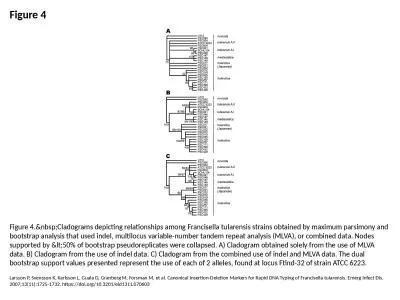PPT-Reading Cladograms
Author : cheryl-pisano | Published Date : 2017-11-15
Animals and fungi are more closely related than either is to plants Who is more closely related Determining Evolutionary Relationships Fossils Morphology homologous
Presentation Embed Code
Download Presentation
Download Presentation The PPT/PDF document "Reading Cladograms" is the property of its rightful owner. Permission is granted to download and print the materials on this website for personal, non-commercial use only, and to display it on your personal computer provided you do not modify the materials and that you retain all copyright notices contained in the materials. By downloading content from our website, you accept the terms of this agreement.
Reading Cladograms: Transcript
Download Rules Of Document
"Reading Cladograms"The content belongs to its owner. You may download and print it for personal use, without modification, and keep all copyright notices. By downloading, you agree to these terms.
Related Documents

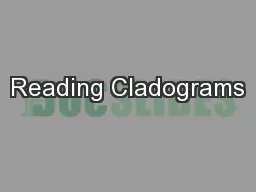
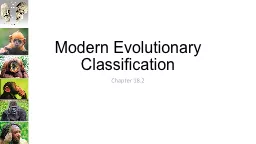
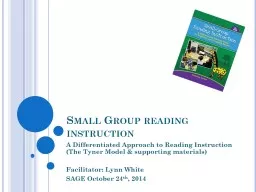

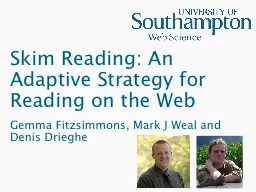
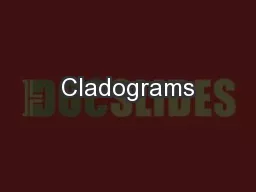
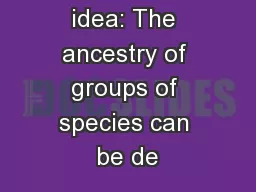
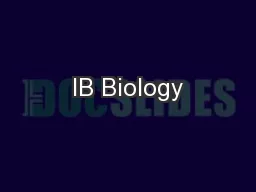
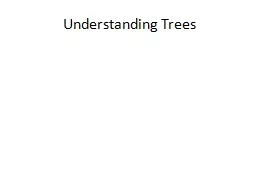

![[DOWNLOAD] - 180 Days of Reading: Grade 3 - Daily Reading Workbook for Classroom and](https://thumbs.docslides.com/901071/download-180-days-of-reading-grade-3-daily-reading-workbook-for-classroom-and-home-reading-comprehension-and-phonics-practice.jpg)
![[READ] - 180 Days of Reading: Grade 6 - Daily Reading Workbook for Classroom and Home,](https://thumbs.docslides.com/901547/read-180-days-of-reading-grade-6-daily-reading-workbook-for-classroom-and-home-reading-comprehension-and-phonics-practice.jpg)
![[DOWNLOAD] - 180 Days of Reading: Grade 2 - Daily Reading Workbook for Classroom and](https://thumbs.docslides.com/901675/download-180-days-of-reading-grade-2-daily-reading-workbook-for-classroom-and-home-reading-comprehension-and-phonics-practice.jpg)
